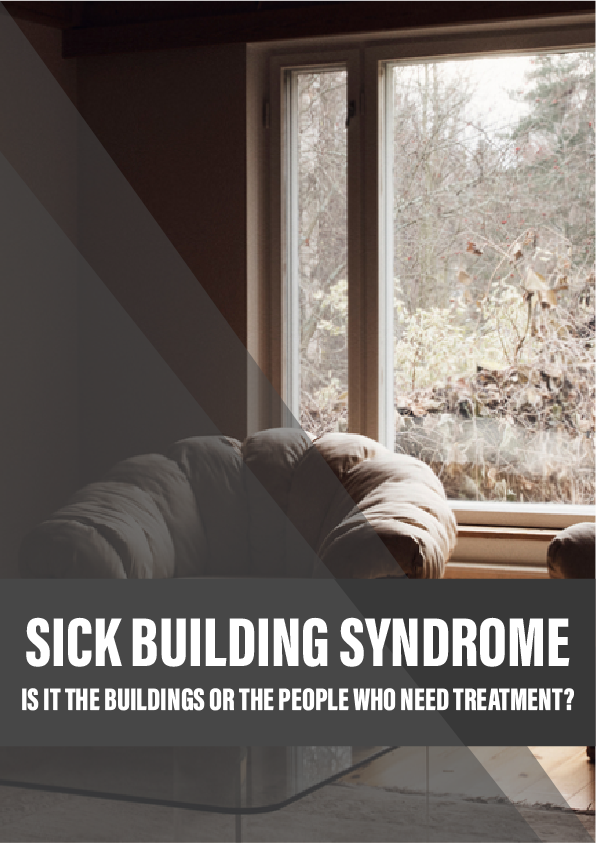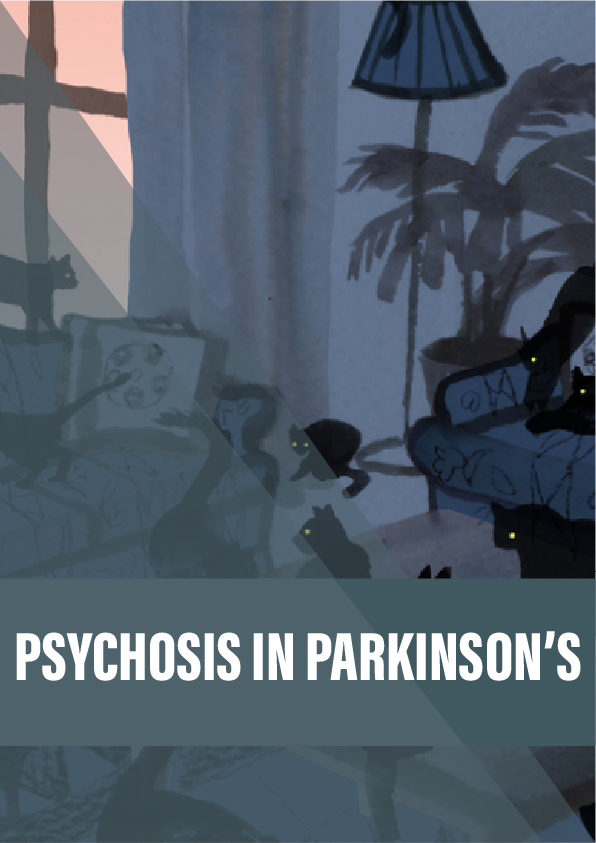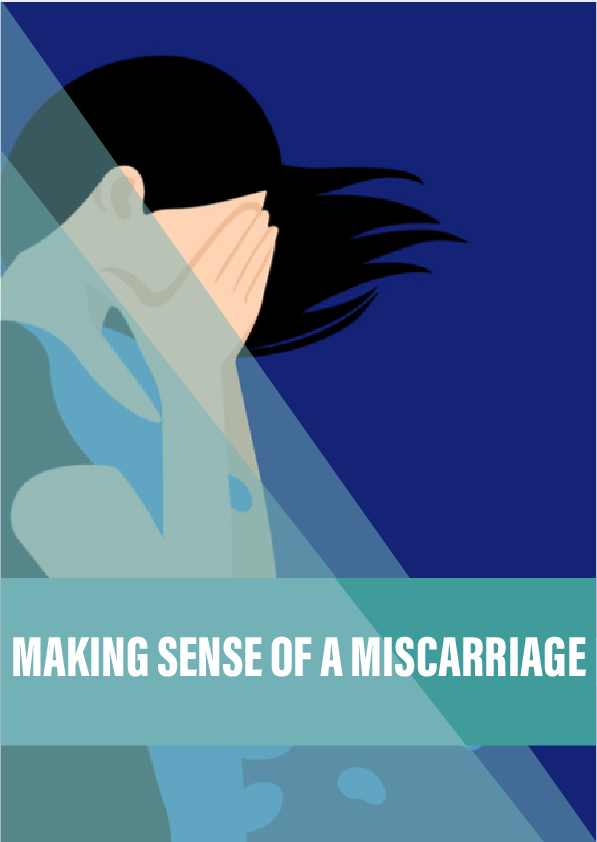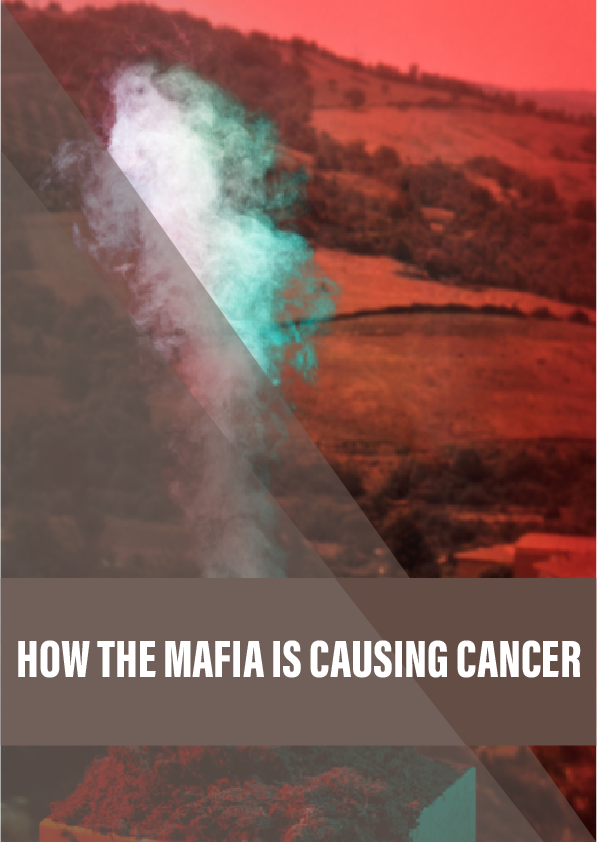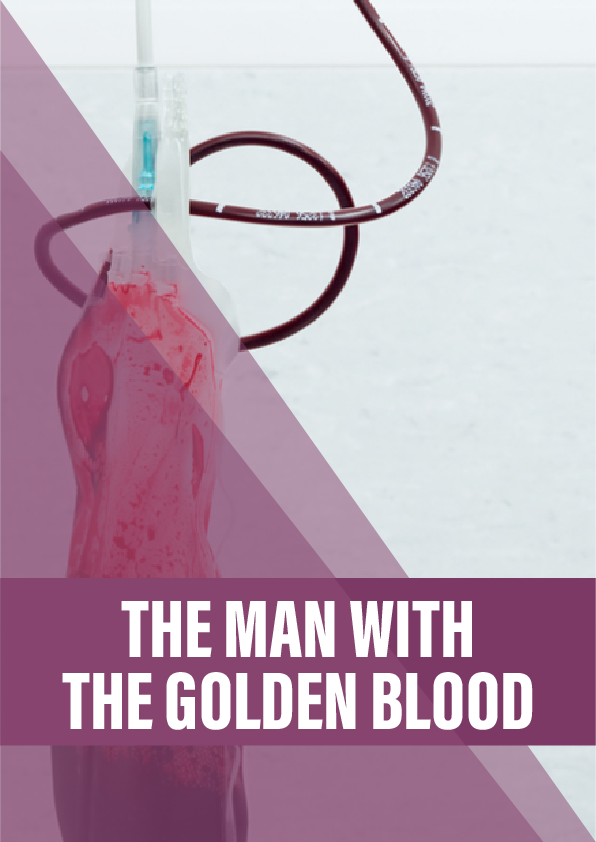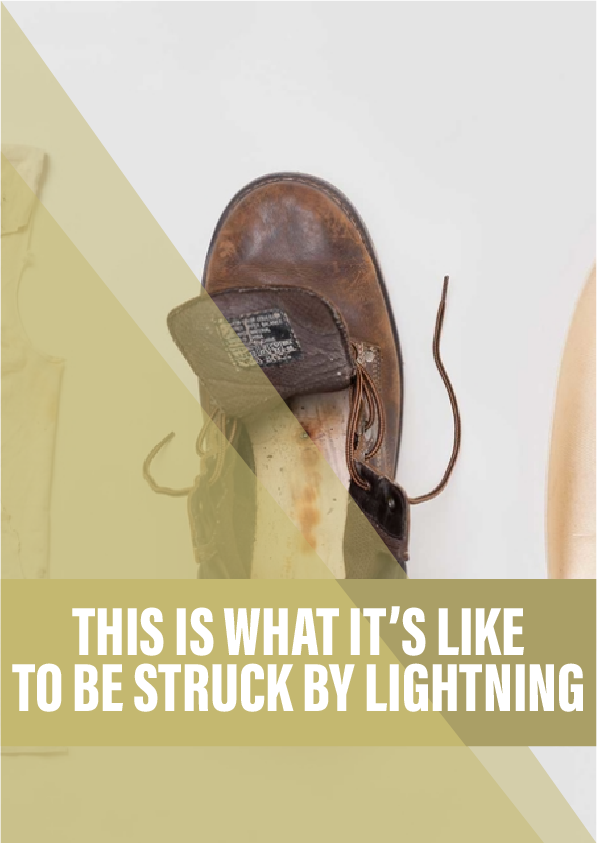In Finland, people whose sickness is linked to certain buildings fear being labelled as mentally ill, while scientists search for evidence that their condition is ‘real’.
n early September 2011, when the weather in Finland had begun to turn its back on summer and trudge towards winter, a woman prepared to leave her home in the suburbs of Helsinki. Linda* emptied her refrigerator, packed some clothes, her toothbrush, toothpaste and an iron, and left the house she had lived in for 34 years – for good.
“I closed the door, turned my back, started my car and left,” she says. “I had lived there since February 1977. A lot of things, carrying a lot of memories, remained behind that closed door.” The hardest room to leave was her personal library. “It is funny that one can miss the books as much as I do, it’s as if they were part of my blood.”
In October 2017, I meet Linda, a regal-looking woman with glasses and silver hair. We sit in the lobby of a hotel in downtown Helsinki, a few blocks from the apartment she lives in today. When she first moved, she bought a bed, a TV and a broken sofa from the previous tenant. She didn’t bother to get any chairs – she didn’t think she’d be there long. It’s been more than six years.
The problems with her old house started in 2008, when she began to get fevers and developed issues with her voice. A building company found high levels of mould in her basement. She says that, although she tried to get her house cleaned, the mould seeped its way into all her belongings. She began to feel so ill that she had no choice but to abandon her home.
After leaving, her symptoms persisted and her health continued to deteriorate. She tells me she became highly sensitive to other buildings, minuscule levels of mould, and chemicals or smells. When she went to the doctor, she was told these multiple chemical sensitivities couldn’t be related to her mould exposure – she had moved, there was no way she could still be sick. She gave up. “I was so tired I really hoped the next fever would kill me. I didn’t try to find any help any more. In a way, life was over.”
Reference:
- A 2006 study used data from the Whitehall II study to explore the role of the work environment in explaining SBS.
- In an article published in 2017, Ville Valtonen describes how SBS is one of five clinical criteria he uses to diagnose Dampness and Mould Hypersensitivity Syndrome.
- Research published in 1987 looked at the effects of GPs using a “positive” or “non-positive” manner with their patients.
- This 2007 paper describes children’s allergic reactions to placebo.
- The Danish study of Functional Disorders was described in a 2017 paper.
- Some of Linus Andersson and Anna-Sara Claeson’s research can be found in papers from the study using n-butanol and the study using acrolein.
